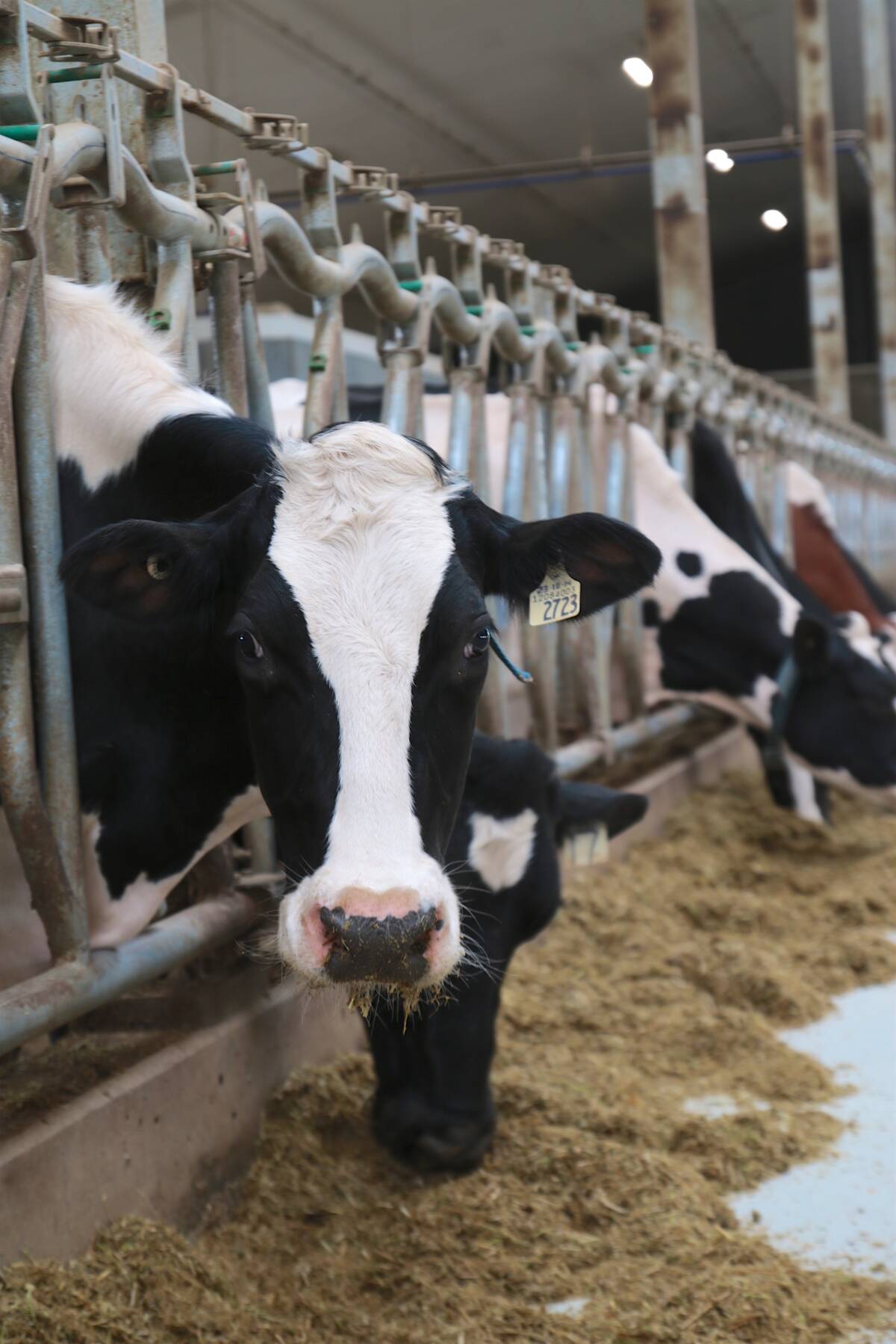World food prices dip in May as cereal, sugar and vegoils drop

Paris | Reuters — Global food commodity prices declined in May, driven by marked drops in cereal, sugar and vegetable oil prices, the United Nations’ Food and Agriculture Organization said on Friday.
The FAO Food Price Index, which tracks monthly changes in a basket of internationally traded food commodities, averaged 127.7 points in May, reflecting a 0.8 per cent decrease from the April figure.
Why it matters: Declining food prices are good for consumers, but cut into farmers’ returns.
The May reading was up six per cent from a year earlier but over 20 per cent below a March 2022 peak following Russia’s full-scale invasion of Ukraine that started a devastating war between two of the world’s leading grains producers.
Read Also


Supply management bill goes straight to Senate
The future of the system used in Canadian dairy, egg and poultry production will once again be the focus of political debate
The FAO cereal price index fell 1.8 per cent month-on-month, led by a sharp drop in global corn prices. Strong harvests and ample supplies in Argentina and Brazil, along with expectations of a record crop in the United States, weighed on prices.
Wheat prices edged lower due to improved crop conditions in the northern hemisphere.
By contrast, rice prices rose 1.4 per cent, supported by firm demand for fragrant varieties and currency movements.
Vegetable oil prices declined 3.7 per cent from April, with declines across all major oils. Palm oil prices fell due to seasonal output increases in Southeast Asia. Soy oil prices dropped on higher South American supplies and weak demand for biofuel.
Rapeseed oil eased on improved European Union supply prospects, while sunflower oil declined amid weak global demand.
The FAO sugar price index decreased by 2.6 per cent, reflecting concerns over the global economic outlook, weaker demand from food and beverage industries, and expectations of a production recovery next season.
Meat prices rose 1.3 per cent from April. Beef, pork and sheep meat prices increased, with beef reaching a record high. Poultry prices declined, pressured by surplus supplies in Brazil following import restrictions linked to a bird flu outbreak.
The FAO dairy price index rose 0.8 per cent, supported by strong demand from Asia. Butter prices remained at historic highs, while cheese and whole milk powder prices also increased.
Global cereal production to rise
In a separate report, the FAO forecast record global cereal production of 2.911 billion tonnes in 2025, up from 2.848 billion in its previous estimate and 2.1 per cent above 2024.
With production expected to surpass consumption, global cereal stocks are anticipated to grow by 1.0 per cent, partially recovering from last year’s contraction.
Source: Farmtario.com


